AI Revelation
🛠️👩💻 AI Data Centers May Face Power Crisis by 2027


With the rapid development of Artificial Intelligence (AI) technology, its electricity demand is also continuously increasing. Recent research reports indicate that AI data centers may face serious power shortages in the coming years. This challenge not only concerns the sustainable development of AI technology but also poses new demands on global energy supply.
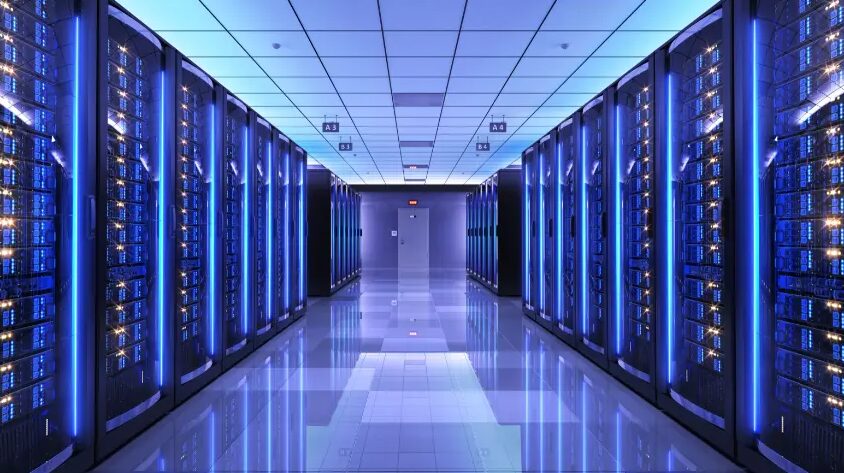
Electricity Demand of AI Servers: An Astonishing Figure
According to a report by Gartner, the electricity demand of new servers reached 195 terawatt-hours last year, equivalent to the annual electricity consumption of 18 million households. This figure is already astonishing, but more concerning is that by 2027, this demand is expected to soar to 500 terawatt-hours, equivalent to the electricity consumption of 46 million households. This growth rate far exceeds the current electricity supply capacity.
Energy Consumption Status of Existing Data Centers
In addition to the electricity demand of new servers, the energy consumption of existing data centers cannot be ignored. According to Goldman Sachs, existing data centers consumed 349 terawatt-hours of electricity in 2022. This enormous figure indicates that data centers have become a significant part of global energy consumption.
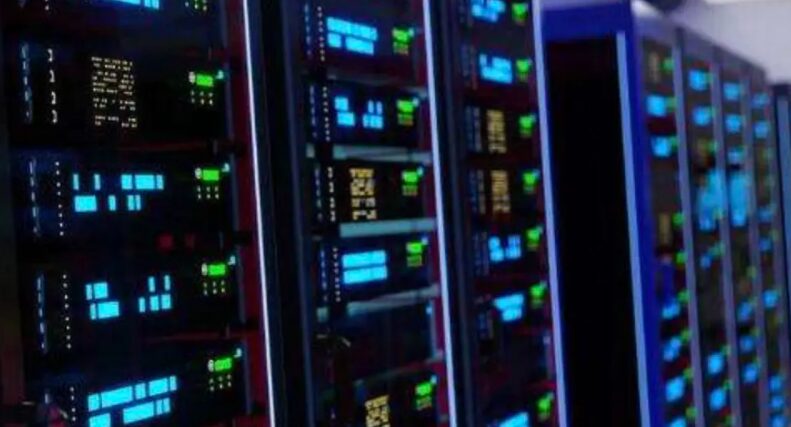
Potential Impacts of Power Shortages
If the electricity demand of AI data centers is not effectively met, it may lead to various negative impacts. First, the operational costs of data centers will increase significantly, which may limit the further development and application of AI technology. Second, power shortages may lead to decreased operational efficiency of data centers, affecting data processing and storage capabilities. Finally, power shortages may exacerbate the tight energy supply situation, impacting other industries and residential electricity usage.
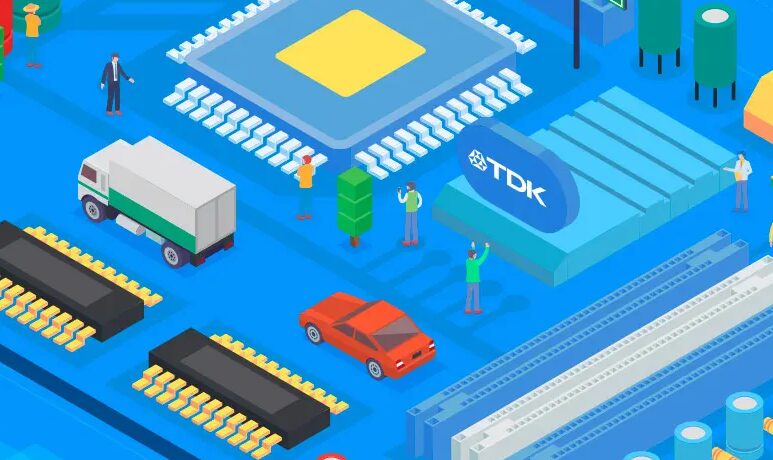
Nuclear Fusion: A Solution to the AI Power Crisis?
In the face of the power crisis of AI data centers, some tech giants have begun to seek solutions. Sam Altman’s investment in nuclear fusion is one example. He has invested over $375 million, hoping that nuclear fusion can provide clean and efficient energy for AI data centers. This investment not only reflects confidence in the future development of AI but also shows the urgent need to address the power crisis.
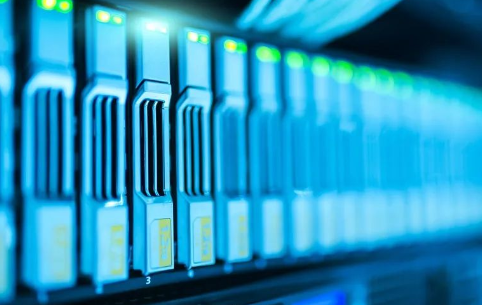
Conclusion: The Path to Sustainable Development of AI Technology
The rapid development of AI technology has brought about enormous electricity demands, which not only pose challenges to the operation of data centers but also present new requirements for global energy supply. In the face of this challenge, we need to explore sustainable development solutions from multiple perspectives. This includes improving energy utilization efficiency, developing new energy technologies, and optimizing energy management in data centers. Only in this way can we ensure the healthy development of AI technology while protecting our environment and resources.
In the coming days, AI technology will continue to profoundly impact our lives and work. As tech professionals and the public, we have a responsibility to ensure that the development of this technology does not come at the expense of the environment and resources. Through collective efforts, we can pave the way for the sustainable development of AI technology, ushering in a smarter, more efficient, and environmentally friendly future.
Limited Time Benefit

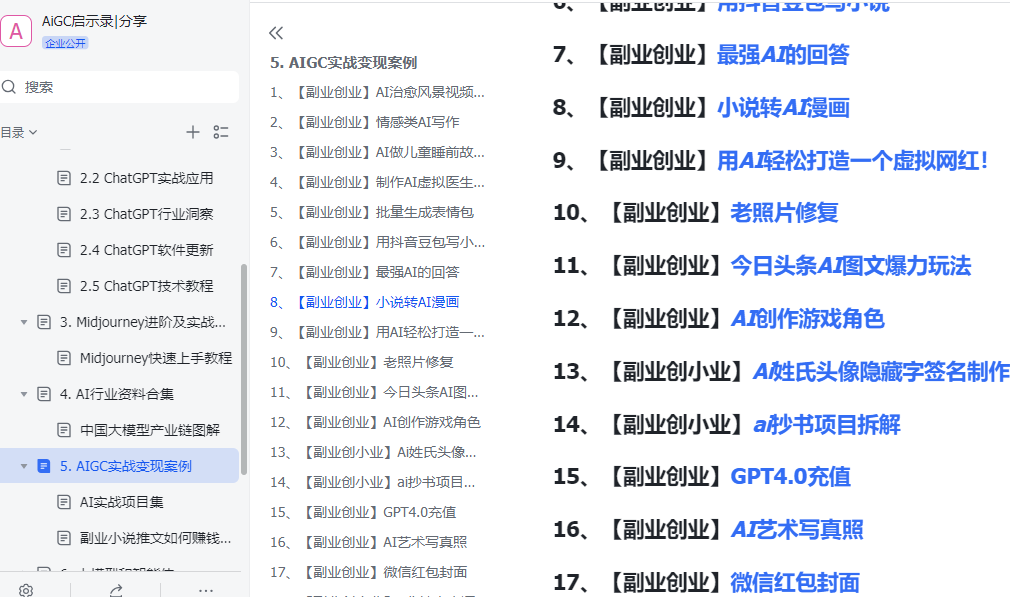
END
Editor:
Layout: Little Explorer
Source: Little Explorer



AI Revelation